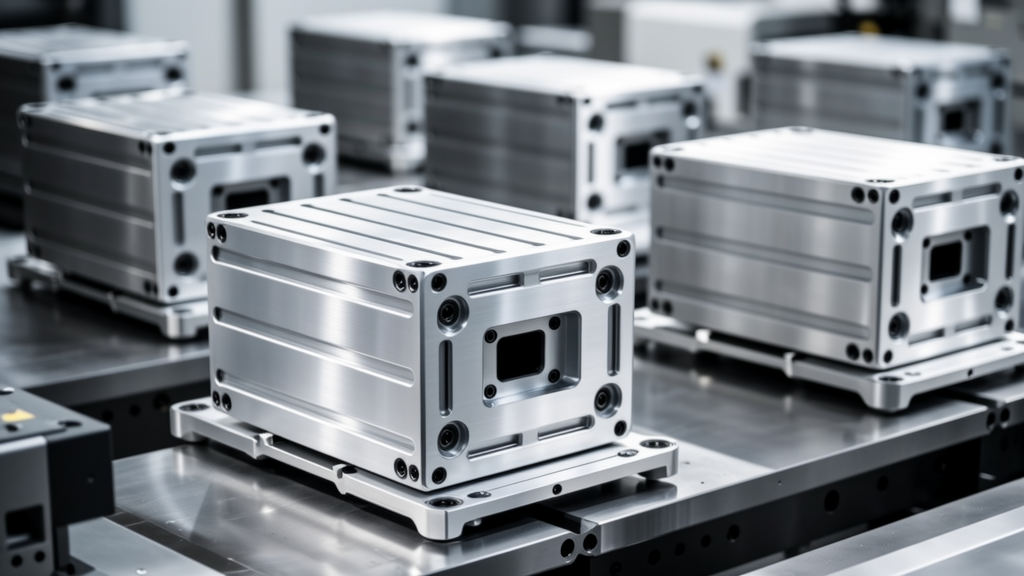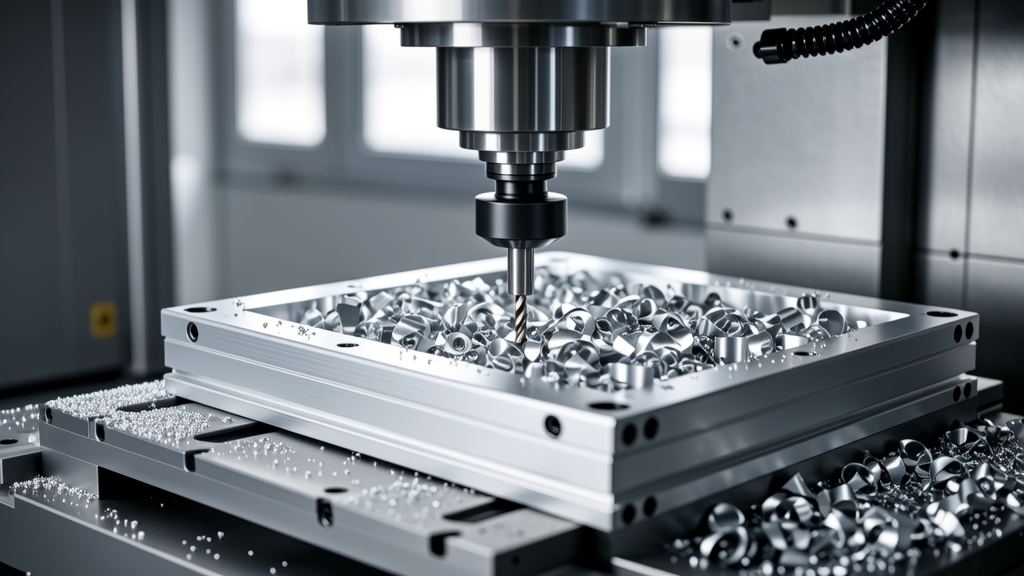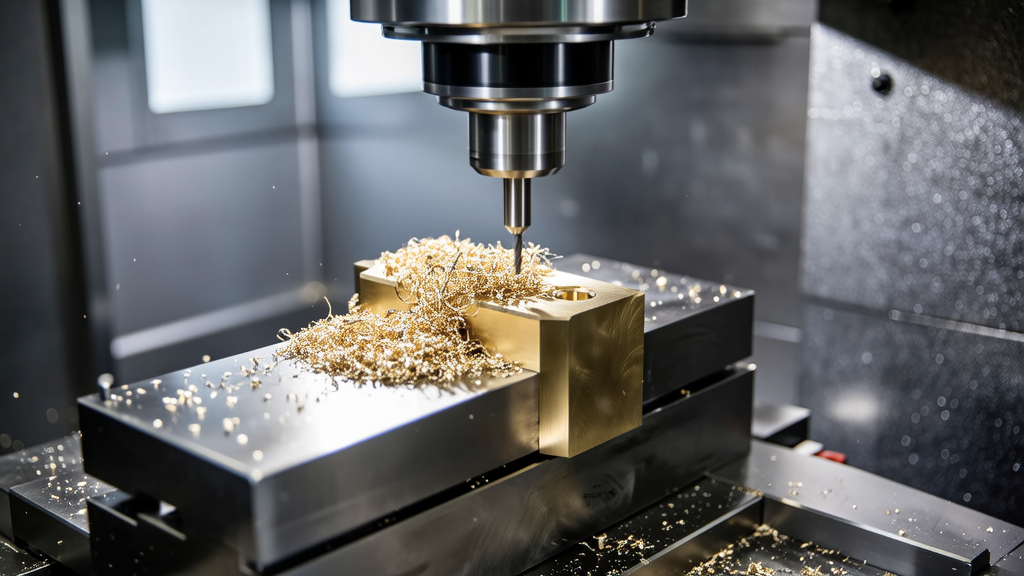Precision in Machining
Precision is undoubtedly the cornerstone of any CNC machining operation. Southern China is known for its advanced machinery and intricate techniques that deliver high accuracy in producing aluminum enclosures. You might be wondering, what do I mean by precision? Basically, CNC machines use computer-controlled tools to cut and shape materials, ensuring that every component matches the specified dimensions down to the finest details.
For instance, when I was helping a client design a new product, we opted for CNC machining specifically because it could achieve tolerances of up to ±0.01 mm. This level of detail is crucial for projects like electronic housing where parts must fit together seamlessly. Keep in mind that maintaining this precision often involves regular calibration of the machines. If a machine isn’t calibrated correctly, even the best designs can result in components that don’t fit.
Efficiency and Speed
Another important aspect of CNC machining for aluminum enclosures is efficiency. The CNC process can produce parts much faster than manual machining. In my experience, I’ve noticed that a project that might take a week with manual processes can often be completed in just a couple of days with CNC technology. This speed doesn’t just save time; it can also significantly lower labor costs.
One main reason for this efficiency is the capability of CNC machines to operate continuously. They can run overnight or during weekends, increasing output without the need for extra labor. A friend of mine runs a machining company in Southern China, and he routinely turns out batches of components in half the time compared to traditional methods. This is propelled by both speed and the ability to run multiple machines at once.
Quality Control Processes
Quality control is integral to the CNC machining process, especially for aluminum enclosures that may face rigorous use or scrutiny in multiple applications. Manufacturers in Southern China often employ automated quality check systems that inspect parts at various stages of production.
When I worked on a project that involved intricate aluminum components, we implemented a simple but effective system where each batch was checked for critical tolerances using laser measurement devices. The outcome? A significant reduction in rework and scrap rates. According to a report by the American National Standards Institute (ANSI), effective quality control measures can lead to a 20-30% improvement in manufacturing efficiency (source: ANSI, nofollow).

Here’s a table that outlines some common quality control methods used in CNC machining for aluminum enclosures:
| Quality Control Method | Description | Benefits |
|---|---|---|
| Visual Inspection | Checking for surface defects and finish | Quick and cost-effective |
| Laser Measurement | Using lasers to check dimensions | High precision and accuracy |
| Coordinate Measuring Machine (CMM) | 3D measurement of physical geometrical characteristics | Detailed insights and verification |
By focusing on these technical features—precision, efficiency, and rigorous quality control—manufacturers can ensure that they are utilizing CNC machining effectively for aluminum enclosures. If you’re considering a project or simply want to explore options, keep these aspects in mind. You might find that they can significantly impact your production timelines and overall quality.
And hey, if you decide to implement some of these practices, I’d love to hear about your results!
What is the importance of precision in CNC machining for aluminum enclosures?
Precision is absolutely key in CNC machining because it ensures that each aluminum enclosure part is made to exact specifications. This is crucial, especially in applications where even a slight deviation can affect functionality.
In Southern China, manufacturers leverage advanced machinery that can achieve tolerances as tight as ±0.01 mm, making it possible to produce complex designs with high accuracy. If you’re working on a project that requires tight tolerances, CNC machining is definitely the way to go.

How does CNC machining improve efficiency and speed?
CNC machining greatly enhances efficiency and speed through automation. Machines can be programmed to operate continuously, which means they can work overnight or over weekends. This capability leads to significantly faster production times compared to traditional methods.
I’ve seen projects that originally took a week using manual machining take only a couple of days with CNC technology. For instance, one client managed to reduce his lead times by nearly 50% after switching to CNC machines.
What quality control processes are typical in CNC machining?
Quality control is an essential part of CNC machining for aluminum enclosures. Various methods, such as visual inspections and laser measurements, are used to ensure each part meets specific standards.
In my experience, implementing a quality control system can reduce scrap rates by around 20-30%, which is a significant saving. Many manufacturers in Southern China employ automated checks to catch issues early in the production process.
How can I ensure the precision of my CNC machined components?
To ensure precision in your components, it’s important to start with a well-designed CAD model. The better the model, the more accurately the CNC machine can produce the part.
Regular calibration of the CNC machines is also crucial. By maintaining the machines properly, manufacturers can achieve consistently high-quality outputs. I’ve seen firsthand how important this is for overall project success.
What production time can I expect when using CNC machining for aluminum enclosures?
The production time can vary based on the complexity of the design and the batch size. Typically, smaller and simpler parts can be produced in a matter of days.
For larger orders or more complicated designs, it might take a week or more. However, many manufacturers in Southern China can significantly speed up this process due to their advanced technology and expertise.








